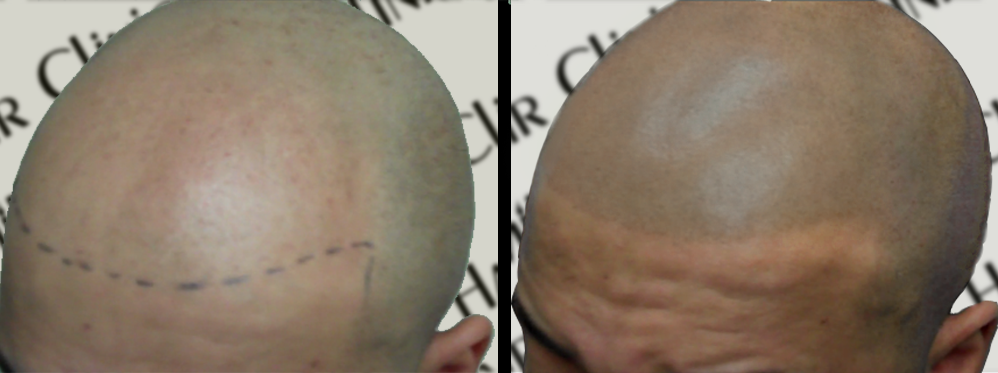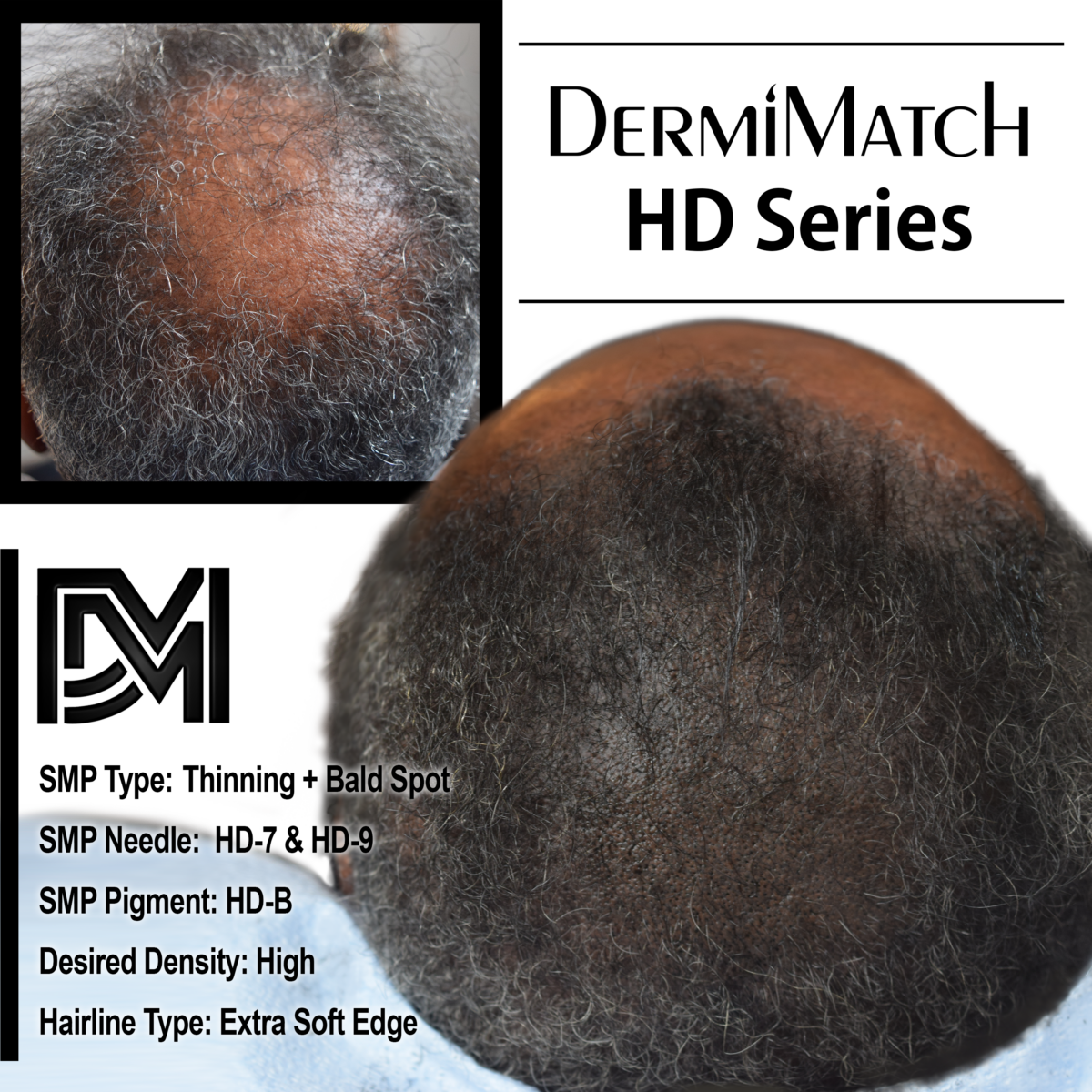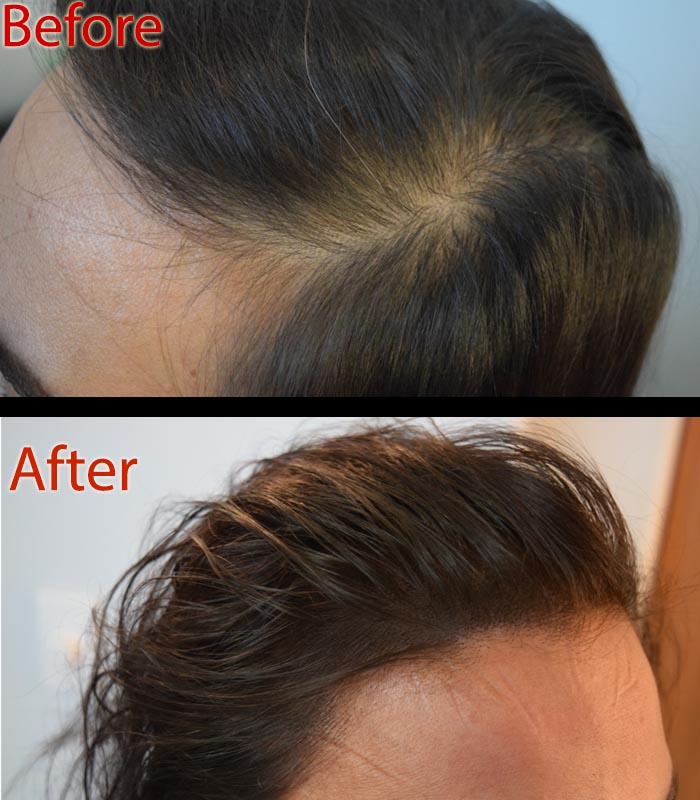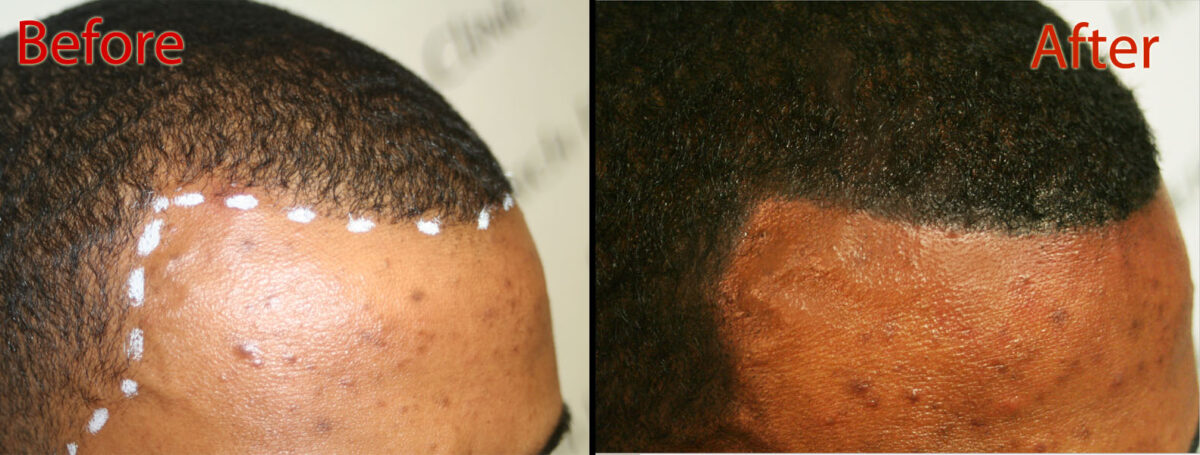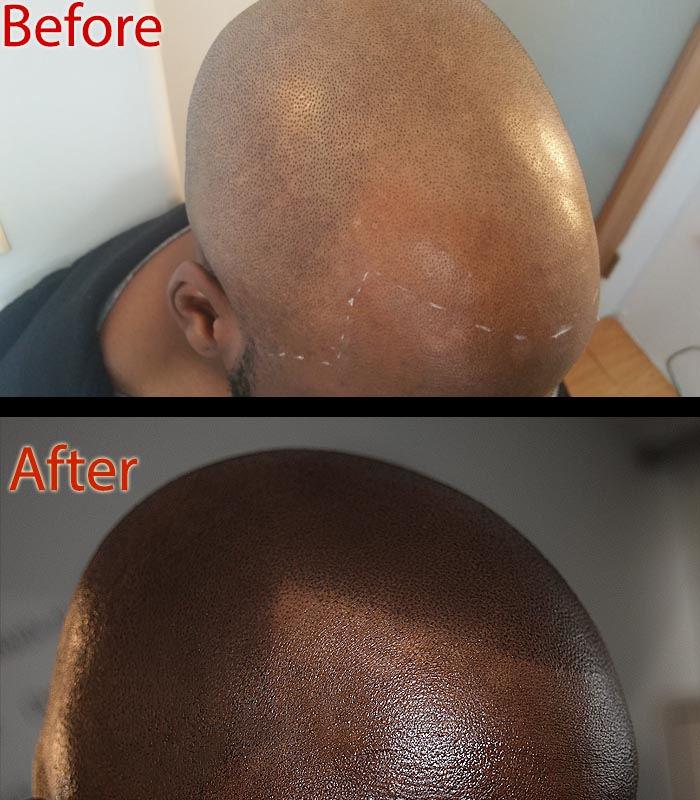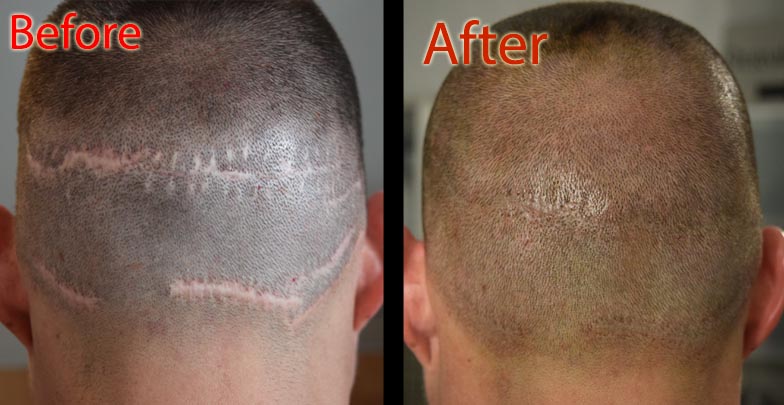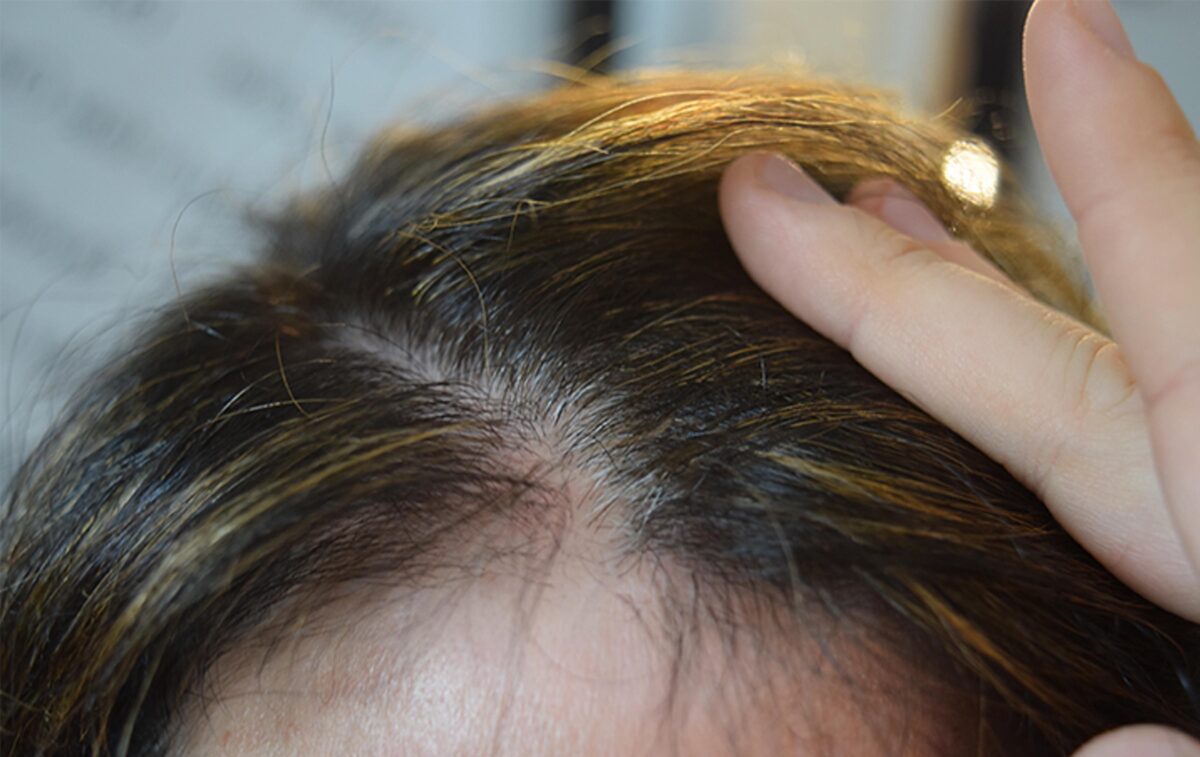Hair loss anxiety creates a destructive pattern that feeds on itself. You notice thinning hair and immediately feel self-conscious. That stress triggers hormonal changes that accelerate more shedding. More hair loss increases your anxiety levels even further. The cycle continues endlessly. Research shows nearly half of people experiencing hair loss develop significant anxiety disorders.
When your reflection changes daily, genuine psychological distress develops. You avoid mirrors, cancel social plans, and withdraw from situations where people might notice your thinning scalp.
Can Hair Loss Anxiety Add to Stress & Hair Loss?
Yes, anxiety directly triggers multiple types of hair loss. When you experience chronic stress, your body produces excessive cortisol that disrupts the natural hair growth cycle. This hormone forces hair follicles into their resting phase prematurely.
The result appears as telogen effluvium, where clumps of hair shed suddenly. Some people with severe anxiety develop alopecia areata when their immune system attacks hair follicles during periods of extreme stress. There are a few others who start pulling their hair due to anxiety.
Why Natural Remedies Fail to Address Hair Loss Anxiety?
Many people try supplements, special diets, essential oils, and vitamins, hoping to reverse hair thinning. These approaches rarely deliver visible results.
Worse, waiting months for treatments that might not work deepens the anxiety instead of relieving it. The fear intensifies as you watch your hairline recede further while remedies show no results. You need something that addresses both the appearance problem and the psychological distress simultaneously. Traditional solutions tackle only one side of the equation.
What Makes Scalp Micropigmentation Different?
Scalp micropigmentation uses specialized micro-needles to deposit medical-grade pigments into your scalp’s upper layer. The treatment aims to replicate natural follicles. The technique creates visual density and fullness immediately.
Unlike treatments requiring months of waiting, you see a transformation immediately after sessions are complete. This instant visual improvement breaks the anxiety cycle in ways biological remedies cannot. Your reflection changes from a source of stress to a source of confidence. The psychological relief happens alongside the cosmetic enhancement.
Why SMP Works as a Psychological Tool Against Hair Loss Anxiety?
SMP delivers guaranteed visible results regardless of your biology or hair loss cause. This alone reduces anxiety because you regain control over your appearance. Natural remedies depend on your body responding correctly.
SMP depends only on skilled artistry. You no longer worry whether follicles will grow or treatments will fail. The visual buffer protects your mental health even if underlying hair loss continues. You can combine SMP with medical treatments for existing hair while eliminating the visible signs that trigger anxiety. This dual approach addresses both psychological and physical aspects simultaneously.
Is Stress-Related Hair Loss Permanent?
Stress-induced hair loss, like telogen effluvium, typically resolves when the stressor ends. Hair usually regrows within three to six months. However, the anxiety created by seeing significant shedding often prevents the stress from actually resolving. This perpetuates the cycle indefinitely. SMP interrupts this pattern by removing the visual trigger of your anxiety. When you stop seeing thinning scalp daily, your stress levels naturally decrease.
How Long Does SMP Last?
Properly executed SMP typically lasts three to five years before requiring touch-ups. Sun exposure and skin type affect fading rates. Simple maintenance sessions restore the original appearance easily.
But it is important to choose the right Arizona SMP practitioner for the job. SMP is not the job of tattoo artists. Standard tattooing techniques differ completely from medical scalp micropigmentation.
Wrong pigments create unnatural colors that turn blue or green over time. Incorrect depth causes blotchy patterns visible under bright lighting. Poor artistry produces obvious fake appearances that worsen your anxiety instead of relieving it.
Luckily, DermiMatch SMP specialists understand scalp anatomy, pigment chemistry, and how different skin tones age. They deliver flawless results that withstand scrutiny under any conditions. An unqualified provider could destroy your appearance and psychological well-being permanently. Your choice of a scalp artist determines whether SMP becomes your secret weapon against hair loss anxiety or your greatest regret.
Schedule your consultation with the best scalp artist in Arizona.

